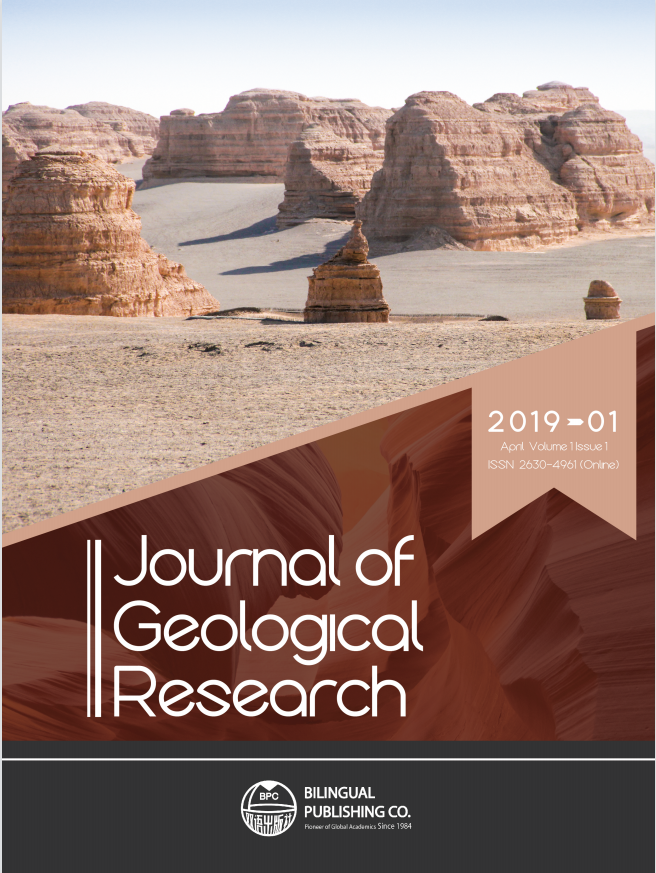Study on Hydrological Engineering Geological Conditions and Anti-leakage Measures
DOI:
https://doi.org/10.30564/jgr.v1i1.683Abstract
With the continuous development of economy and society, people's ability to transform society has been improved. To break the constraints of hydrological and climatic conditions, some hydrology and water conservancy projects were constructed to meet the needs of human activities. In the construction of hydrological engineering, geological conditions are first surveyed to determine whether there are significant geological structure problems, in order to enhance the stability of hydrological engineering and reduce the probability of hydrological engineering leakage.
Keywords:
Hydrological engineering; Geological conditions; Anti-leakage measuresReferences
[1] Haikuo Gan, Hanmin Zhou, Xuan Cui. Comparison and Selection of Anti-seepage Schemes for Tailings Reservoir under Complicated Geological Environments [J]. Nonferrous Metals (Mining Section), 2018, 70(03):80-84.
[2] Ji Zhou, Jiasheng Wang, Shibing Pan, Shuzhen Li, Zhenhua Gao. Analysis of Leakage Characteristics and Suggestion of Anti-seepage Treatment in a Water Control Project [J]. Water Resources and Hydropower Engineering, 2017, 48(07):68-73.
[3] Feijiao Li. Research on related issues of hydrogeology in engineering geological exploration [J]. World Nonferrous Metals,2018(22):247-248.
[4] Jingjuan Hu. Hydrogeological hazards and control measures in engineering geological survey [J]. Western Resources,2019(01):68-69.
Downloads
How to Cite
Issue
Article Type
License
Copyright and Licensing
The authors shall retain the copyright of their work but allow the Publisher to publish, copy, distribute, and convey the work.
Journal of Geological Research publishes accepted manuscripts under Creative Commons Attribution-NonCommercial 4.0 International License (CC BY-NC 4.0). Authors who submit their papers for publication by Journal of Geological Research agree to have the CC BY-NC 4.0 license applied to their work, and that anyone is allowed to reuse the article or part of it free of charge for non-commercial use. As long as you follow the license terms and original source is properly cited, anyone may copy, redistribute the material in any medium or format, remix, transform, and build upon the material.
License Policy for Reuse of Third-Party Materials
If a manuscript submitted to the journal contains the materials which are held in copyright by a third-party, authors are responsible for obtaining permissions from the copyright holder to reuse or republish any previously published figures, illustrations, charts, tables, photographs, and text excerpts, etc. When submitting a manuscript, official written proof of permission must be provided and clearly stated in the cover letter.
The editorial office of the journal has the right to reject/retract articles that reuse third-party materials without permission.
Journal Policies on Data Sharing
We encourage authors to share articles published in our journal to other data platforms, but only if it is noted that it has been published in this journal.




 Yiqiang Yu
Yiqiang Yu

